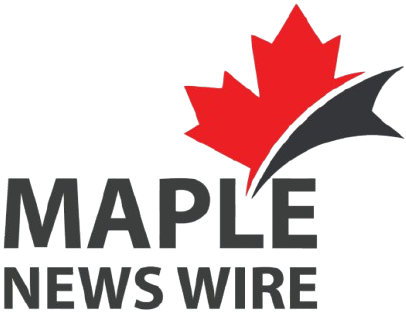With no spring budget, Canada leans on special warrants and upcoming supply bills to keep government departments funded into summer 2025.
As Parliament prepares to reconvene on May 26, the federal government finds itself in a peculiar fiscal limbo. A spring budget has yet to be tabled, raising eyebrows across the aisle and beyond. Yet, the wheels of government continue to turn—powered not by a traditional financial blueprint, but by emergency spending measures.
Finance Minister François-Philippe Champagne confirmed that the government’s fiscal agenda will focus on a throne speech, a middle-class tax cut, and a fall economic update—but not a full-fledged budget.
Still, key departments like National Defence and Canada Border Services Agency remain funded thanks to special warrants totaling $73 billion, authorized by cabinet to cover operations until June 29. Beyond that, however, the purse strings tighten.
What Happens July 1? MPs Must Act
With no budget on the table and the House having been prorogued since January, former Parliamentary Budget Officer Kevin Page warns of an impending fiscal choke point.
“Basically, the government has no authority to spend right now as of July 1st,” Page said, adding that a substantial supply bill—likely in the range of $500 billion—will be needed to authorize spending through the rest of the 2025-26 fiscal year.
While a formal budget may not be on the horizon, Parliament is expected to receive at least a fiscal outlook before rising for summer.
Why Not Just Table a Budget?
The delay appears to stem in part from recent political transitions. Champagne only took over the finance portfolio in mid-March, shortly before the start of the federal election campaign. Insiders suggest the compressed timeline left little room for drafting a comprehensive budget.
This wouldn’t be the first time. Canada previously postponed its federal budget in 2020 during the COVID-19 pandemic and in 2001 following the 9/11 attacks.
But the absence of a formal plan has attracted criticism. Conservative Leader Pierre Poilievre called the delay a “bad signal” to investors and credit agencies, emphasizing the importance of timely fiscal guidance.
Tariff Turbulence and Economic Uncertainty
Adding to the challenge is a volatile international trade climate. With U.S. tariffs shifting almost daily, crafting reliable fiscal projections has grown more complex. Still, the Bank of Canada and private economists have managed to offer scenario-based forecasts. Page believes the government should do the same.
“This is not like betting on the Oilers winning the Stanley Cup,” he remarked. “It’s about giving Parliament a reasonable outlook with the information available.”
Fall Forecast or Fiscal Fog?
The Trudeau government’s election platform outlined $35 billion in new spending and promised to balance the operating budget within three years. With growth projections softening and the deficit likely to surpass the estimated $42 billion, a fall update will need to chart a clear course forward.
Until then, all eyes are on May 26, when Parliament reconvenes. One thing is certain: with or without a full budget, the government must act to ensure Canada’s financial engine keeps running.




